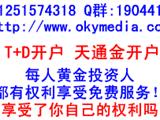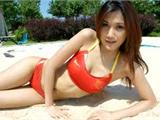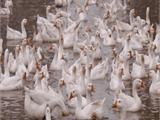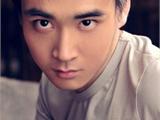Theoretical Basis of Traditional Chinese Medicine Beauty - Kangyi Health Network
The connection between traditional Chinese medicine and beauty care has a long history. In medical books of various dynasties, there are more than a hundred drugs that indicate the effects of anti-aging and beautifying complexion, and the number of prescriptions is considerable. There are all kinds of hand-washing and face-washing prescriptions, prescriptions for making the face look radiant, whitening prescriptions, wrinkle-removing prescriptions, anti-aging prescriptions, white teeth prescriptions, hair dyeing prescriptions, body and mouth fragrance prescriptions, and even recipes for hair wax, lipstick, and rouge. These prescriptions and drugs have a strong color of daily beauty care. They are not aimed at treating diseases as the main purpose, but focus on enhancing people's appearance to make it more dazzling. This information gives us the inspiration that: ancient Chinese doctors already regarded the maintenance of human beauty as one of the tasks of medicine, so they paid attention to human decoration and intervened with medical means, making decorative items and methods more perfect and healthier. This intervention expanded the connotation of traditional Chinese medical beauty, making TCM beauty exist with both depth and breadth, occupying a unique position in the history of world beauty.
The theoretical foundation of traditional Chinese medical beauty includes the theoretical foundation of traditional Chinese medicine and the theoretical foundation of traditional Chinese aesthetics. Traditional Chinese medical beauty is subordinate to traditional Chinese medicine and develops with the development of traditional Chinese medicine, so it has a relatively solid theoretical foundation. The "Yellow Emperor's Inner Canon" is the source of the theory of traditional Chinese medicine, and it also laid the theoretical foundation for the formation and development of traditional Chinese medical beauty. The development of modern basic disciplines and clinical disciplines of traditional Chinese medicine has laid the foundation for the development of traditional Chinese medical beauty.
Traditional Chinese medical beauty methods are diverse and can be roughly divided into five categories: Chinese herbal medicine, food therapy, acupuncture, massage, and Qigong. In addition, there are psychological and health preservation methods. Each major category has several specific methods. For example, in drug beauty, there are internal use methods and external use methods. External use methods are further divided into patch application and bathing methods, which can then be subdivided into topical application on affected skin areas, navel patching, acupoint patching, fumigation washing, wiping, bathing, soaking baths, etc. These methods all belong to natural therapies, safe and reliable, without side effects, avoiding the harm of chemical drugs and cosmetics to the human body.
Holistic Concept: Traditional Chinese medicine believes that the human body is an organic whole, and the face, five senses, beard, hair, and nails are just part of the whole. Therefore, to achieve local beauty, one must first seek overall balance of yin and yang, stability of the organs, smooth meridians, and circulation of qi and blood. Traditional Chinese medical beauty emphasizes overall adjustment, so the beauty effect is lasting and stable.
Differentiation of Symptoms and Signs for Treatment: Traditional Chinese medical beauty uses the idea of differentiation of symptoms and signs for treatment, reviewing the causes of diseases that damage beauty and treating according to the cause. Even external health care products that lean towards decoration, such as facial cream and lip cream, also reflect the characteristics of differentiation of symptoms and signs for treatment. For example, blackened and rough facial complexion, traditional Chinese medicine believes one reason is the invasion of wind evil, therefore, in some moisturizing and whitening cosmetics, there are wind-dispelling herbs such as Fangfeng (Saposhnikovia divaricata) and Bai Zhi (Angelica dahurica), reflecting the characteristics of cause differentiation. Differentiation of symptoms and signs for treatment makes traditional Chinese medical beauty more targeted and effective.
The profound aesthetic thoughts provided by Chinese culture also give traditional Chinese medical beauty the foundation of aesthetic theory. Our country's rich traditional cultural heritage makes the aesthetic theory system we built extremely distinctive, which will contribute to world aesthetics.



